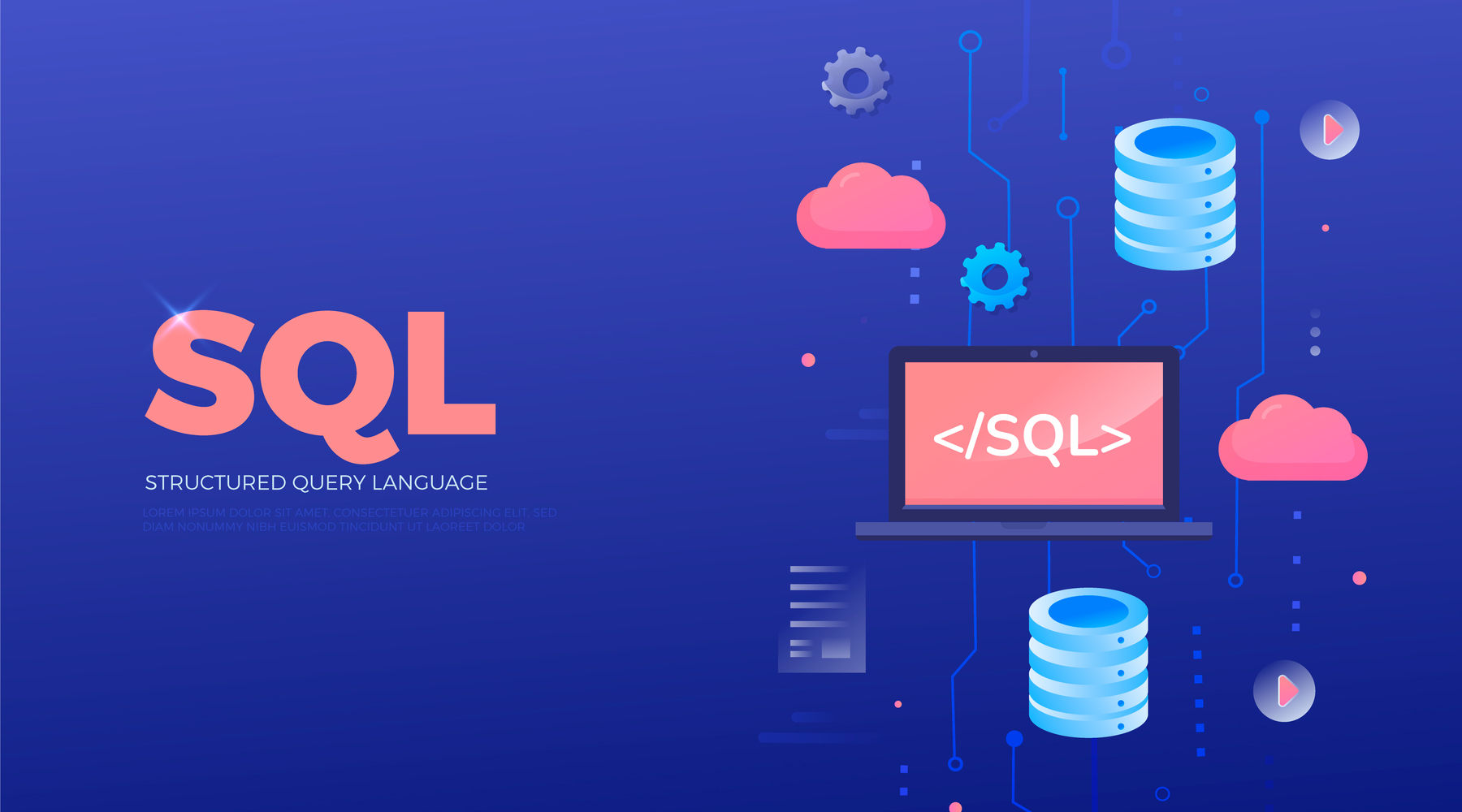
Software Development
Our organization is deeply committed to the meticulous application of cutting-edge technological innovations in the realm of software engineering. Through this dedication, we endeavor to architect bespoke software development solutions that are specifically tailored to amplify the operational efficiency of your enterprise and significantly enhance its inherent capacity for future scalability. By diligently maintaining a position at the vanguard of technological progress and remaining acutely aware of the most recent advancements within the digital landscape, we proactively ensure that your critical business systems possess the robust architectural underpinnings necessary to seamlessly accommodate substantial future expansion and evolving demands. This strategic foresight empowers you, our valued partner, to dedicate your focused attention and invaluable resources to the paramount objective of achieving your overarching business objectives and realizing your most ambitious aspirations.
Our Methodology
In the ever-shifting and dynamic landscape of technological innovation, a constant state of evolution is not merely a possibility but rather an inherent characteristic. Recognizing this fundamental principle, Kemaan maintains an unwavering commitment to proactively positioning itself at the forefront of progress. This is achieved through the strategic cultivation and consistent application of a thoroughly modern and remarkably flexible technological infrastructure, often referred to as our ’tech stack.’ Our methodology involves a deliberate and judicious selection of precisely the most appropriate tools and frameworks for each unique endeavor. This careful curation ensures that the software development solutions we meticulously craft for our esteemed clientele are not only robust and dependable in their immediate functionality but also possess an inherent adaptability, allowing them to seamlessly evolve and remain relevant amidst future technological shifts. Furthermore, this considered and forward-thinking approach to our technological foundation underpins the entirety of our custom software development services, empowering us to consistently generate tangible and enduring value for each and every one of our valued clients.
Back-end Development
 Delving into the realm of back-end programming languages unveils a fascinating array of tools, each with its own distinct characteristics, strengths, and typical use cases. These languages form the invisible yet crucial foundation upon which the interactive and dynamic experiences of the modern web and countless other applications are built. They are responsible for handling the server-side logic, managing databases, ensuring security, and orchestrating the flow of information that ultimately powers the user-facing front end.
The selection of a back-end programming language often depends on a multitude of factors, including the specific requirements of the project, the size and expertise of the development team, performance considerations, scalability needs, and the existing technology stack. Each of these languages brings its own set of strengths and trade-offs to the table, and the “best” choice is highly context-dependent.
Delving into the realm of back-end programming languages unveils a fascinating array of tools, each with its own distinct characteristics, strengths, and typical use cases. These languages form the invisible yet crucial foundation upon which the interactive and dynamic experiences of the modern web and countless other applications are built. They are responsible for handling the server-side logic, managing databases, ensuring security, and orchestrating the flow of information that ultimately powers the user-facing front end.
The selection of a back-end programming language often depends on a multitude of factors, including the specific requirements of the project, the size and expertise of the development team, performance considerations, scalability needs, and the existing technology stack. Each of these languages brings its own set of strengths and trade-offs to the table, and the “best” choice is highly context-dependent.
Languages
Java Python Node PHP Go C/C++ Ruby
Front-end Development
 Front-end programming languages are the technologies that breathe life and interactivity into the user interfaces we encounter every day on the web and in various applications. They are responsible for the visual presentation, the responsiveness to user actions, and the overall user experience. These languages work in concert with styling languages and frameworks to create the engaging and dynamic digital environments we’ve come to expect.
The choice of front-end technologies often depends on factors such as the complexity of the project, the desired level of interactivity, performance requirements, team familiarity, and the overall architectural approach. The front-end landscape is constantly evolving, with new tools and techniques emerging to enhance the user experience and simplify the development workflow.
Front-end programming languages are the technologies that breathe life and interactivity into the user interfaces we encounter every day on the web and in various applications. They are responsible for the visual presentation, the responsiveness to user actions, and the overall user experience. These languages work in concert with styling languages and frameworks to create the engaging and dynamic digital environments we’ve come to expect.
The choice of front-end technologies often depends on factors such as the complexity of the project, the desired level of interactivity, performance requirements, team familiarity, and the overall architectural approach. The front-end landscape is constantly evolving, with new tools and techniques emerging to enhance the user experience and simplify the development workflow.
Languages
HTML CSS Javascript
Javascript Frameworks
Angular React Vue.js Next.js Vite
Mobile Development
 This is a vast and rapidly evolving field focused on creating applications that run on mobile devices such as smartphones, tablets, and smartwatches. It encompasses a wide range of technologies, approaches, and considerations. Choosing the right approach and technology stack for mobile development depends on various factors, including project requirements, budget, timeline, target audience, and the desired level of performance and native feature access. Understanding the strengths and weaknesses of each option is crucial for making informed decisions.
This is a vast and rapidly evolving field focused on creating applications that run on mobile devices such as smartphones, tablets, and smartwatches. It encompasses a wide range of technologies, approaches, and considerations. Choosing the right approach and technology stack for mobile development depends on various factors, including project requirements, budget, timeline, target audience, and the desired level of performance and native feature access. Understanding the strengths and weaknesses of each option is crucial for making informed decisions.
Technologies
iOS Android Flutter PWA React Native Kotlin Swift Ionic Cordova Vite
Databases / data storages
 This is a vast and crucial domain, encompassing a wide array of technologies designed to efficiently store, manage, retrieve, and organize data. The choice of database or data storage solution is often a critical decision that significantly impacts an application’s performance, scalability, reliability, and cost. The landscape of databases and data storage is constantly evolving, with new technologies and hybrid approaches emerging to address the diverse needs of modern applications. Often, a single application might even utilize multiple types of data storage solutions, each optimized for a specific purpose.
This is a vast and crucial domain, encompassing a wide array of technologies designed to efficiently store, manage, retrieve, and organize data. The choice of database or data storage solution is often a critical decision that significantly impacts an application’s performance, scalability, reliability, and cost. The landscape of databases and data storage is constantly evolving, with new technologies and hybrid approaches emerging to address the diverse needs of modern applications. Often, a single application might even utilize multiple types of data storage solutions, each optimized for a specific purpose.
Relational Databases (SQL Databases)
These are the traditional and still highly prevalent type of database, characterized by their structured nature, adherence to the principles of relational algebra, and the use of Structured Query Language (SQL) for data manipulation. Data is organized into tables with rows (records) and columns (attributes), and relationships between tables are defined using keys.
Microsoft SQL Server MySQL Azure SQL Oracle PostgreSQL
NoSQL Databases (Not Only SQL Databases)
These databases deviate from the relational model to provide greater flexibility, scalability, and performance for specific types of data and workloads. They come in various forms:
Apache Cassandra Apache Hive Hbase Apache NiFi MongoDB